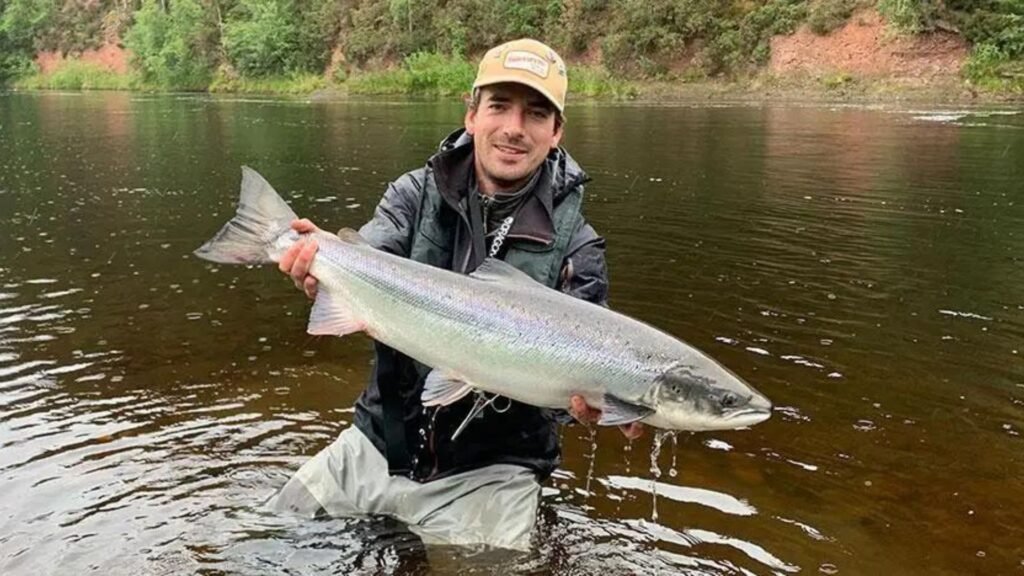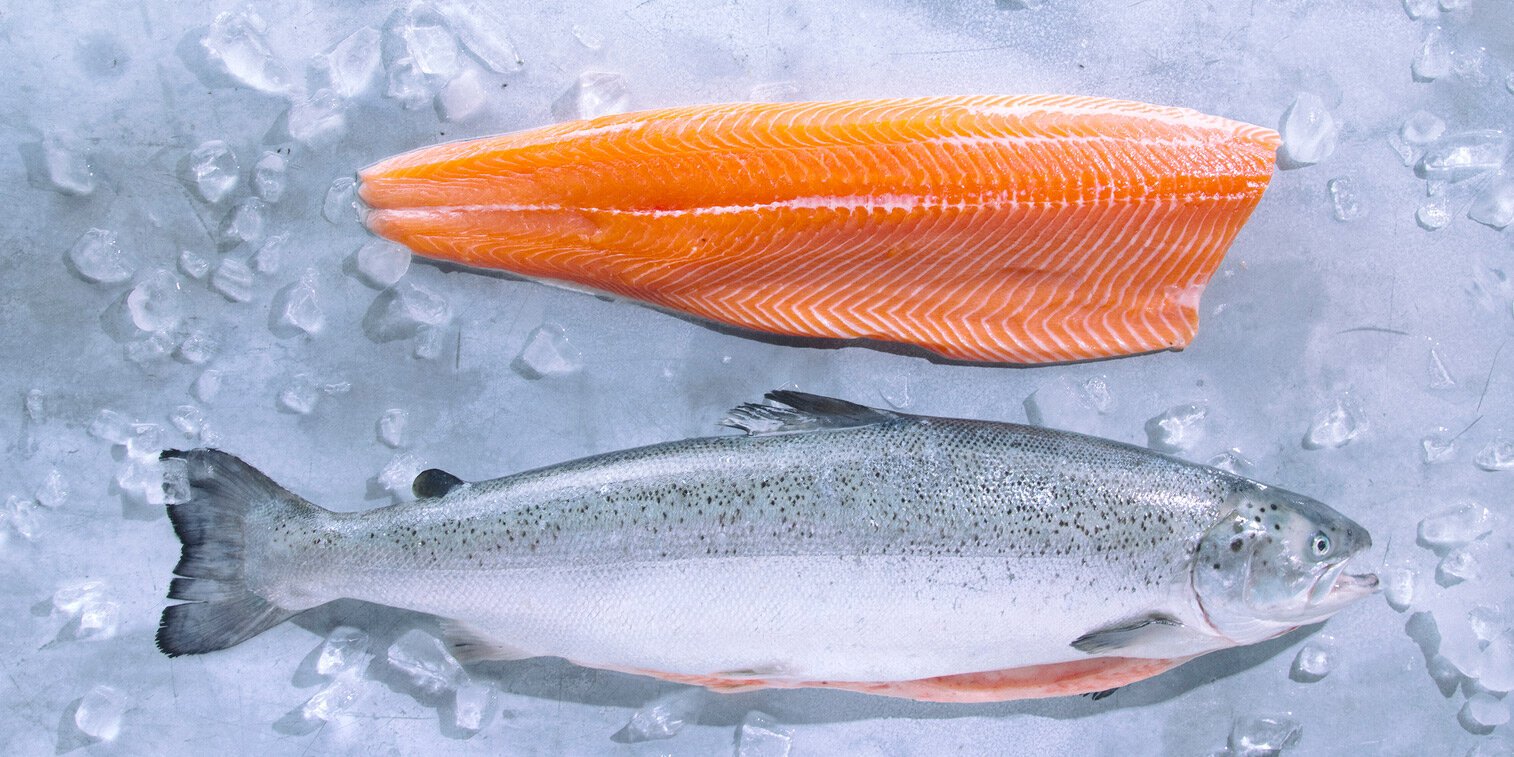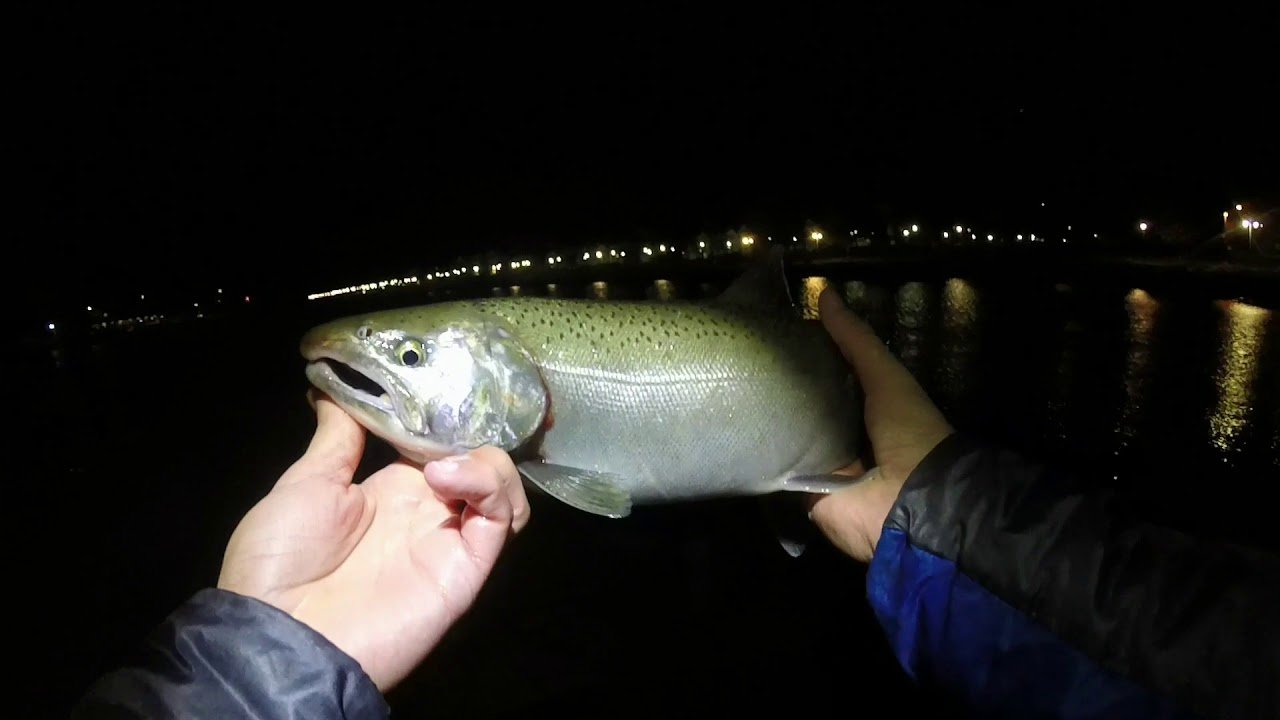Selecting the appropriate salmon fly is crucial for successful fishing. Different water conditions, such as water clarity, flow speed, and temperature, require specific fly patterns to entice salmon effectively. By learning how to match your fly choice to these conditions, you can significantly improve your chances of a successful fishing trip.

How to Choose the Best Salmon Fly for Different Water Conditions
1. Consider Water Clarity
Water clarity plays a significant role in determining the visibility of your fly to salmon. In clear water, flies with natural colors and realistic imitations of local insects tend to perform well. Consider using patterns like the Green Highlander or Silver Doctor, which mimic natural prey effectively. In murky or turbid water, brighter and larger flies with contrasting colors can attract attention better.
2. Assess Flow Speed and Depth
The speed and depth of the water affect how salmon perceive and respond to flies. In faster-flowing rivers or streams, weighted flies or sinking lines are essential to reach deeper runs where salmon typically hold. Flies like the General Practitioner or Ally’s Shrimp, which sink quickly and have a streamlined profile, work best in faster currents. In slower waters, lighter flies that float or suspend are preferable to maintain natural presentation.
3. Match the Hatch
Understanding local insect hatches is crucial for matching your fly choice to what salmon are feeding on. During hatches, such as mayflies or caddisflies, using patterns that resemble these insects can increase your chances of success. Carry a variety of flies in your box to mimic different stages of insect life cycles, from nymphs to emergers and dry flies, depending on the prevalent hatch.
4. Adapt to Weather Conditions
Weather conditions, including sunlight and cloud cover, influence salmon behavior and their response to flies. On bright, sunny days, use flies with reflective materials or those that create a subtle shimmer in the water. Patterns like the Stoat’s Tail or Sunray Shadow can be effective in these conditions. During overcast or rainy weather, darker and more contrasted flies may stand out better against the duller backdrop, such as the Black Francis or Cascade.
5. Experiment with Different Sizes and Profiles
Salmon can be selective based on the size and profile of the fly presented to them. Carry a range of fly sizes, from large attractor patterns to smaller imitations, to gauge their preference on any given day. Flies with varying profiles, such as slender tubes or bulky hairwings, can also influence how salmon respond depending on their feeding mood and the water conditions.
6. Test and Adjust
Successful fly fishing often requires experimentation and adaptation. Start with a fly you believe matches the conditions and observe how salmon react. If you’re not getting bites, switch to a different pattern, size, or color until you find what works. Pay attention to subtle changes in water conditions throughout the day and adjust your fly choice accordingly to maximize your chances of success.
Conclusion: Mastering the Art of Fly Selection
Choosing the best salmon fly for different water conditions involves a blend of knowledge, observation, and adaptation. By understanding the factors that influence salmon behavior and selecting flies that effectively mimic natural prey, you can enhance your fishing experience and increase your chances of hooking a prized catch. Keep exploring new patterns, refining your techniques, and enjoying the art of fly fishing as you continue to learn and grow in this rewarding pursuit.




